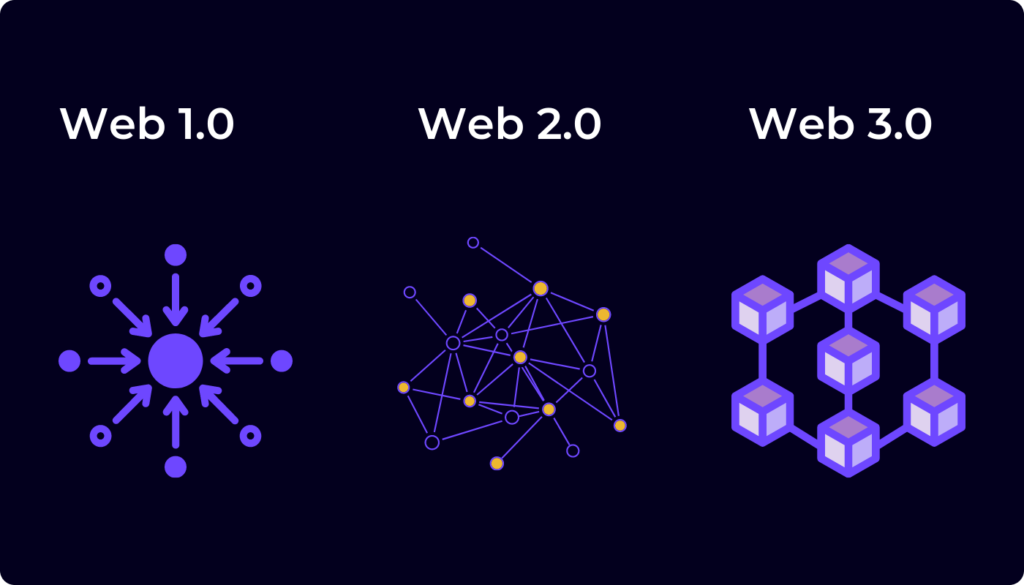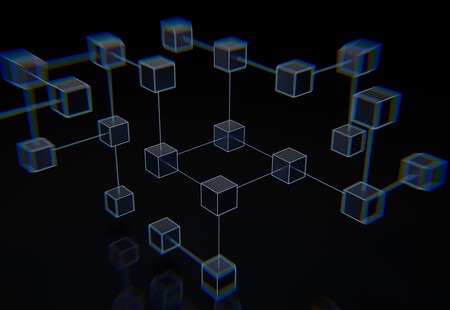Web3 is not expected to completely replace Web 2.0 in business and society before the end of the decade, but we can start talking today about a world with less bureaucracy, centralized authority, and more automated business execution.
As a summary, it should be noted:
- Web3 turns peer-to-peer interactions into a new model for online commerce and social relationships. It eliminates centralized platforms, servers, regulations and authorizations as key factors of information flows and value proposition.
- Web3 will initially benefit large companies using applications that will benefit from new business models enabled by blockchain, social media and gaming.
- The first step for business and IT executives is to understand the key ways that Web3 differs from Web 2.0, the early use cases for Web3, and related technologies.
The term Web3 was popularized by Gavin Wood, co-founder of Ethereum, who argued that centralization is not socially sustainable in the long run. Also called Web 3 and Web 3.0, Web 3 removes the need for and functions of central authorizers and Web 2.0 "gatekeepers" such as major search engines and web browsers. social networking platforms.
“Web3 innovations will take the Internet into new spaces and lead to applications that were not possible before,” experts say. “But Web 2.0 still has advantages in terms of scale, customer service and protection of it. Potential risks of Web3 include a lack of client protection, new security threats, and a return to centralized control, so organizations will want to strengthen governance and risk management before replacing Web 2.0 applications."
Why Web3 is different
Web3 is attractive because it enables peer-to-peer interactions without centralized platforms or intermediaries.

The initial idea behind the Web was to make publishing possible for anyone; in Web 2.0 it was that readers should also be writers. Web3 is intended to give any participant on the web their own autonomous power and control.
Web3 uses a group of technologies, based on BlockChain, which enable new business and social models. Users own their data, identity, content and algorithms and participate as "shareholders" by owning the protocol's tokens or cryptocurrencies. That ownership shifts power and money away from centralized "gatekeepers" of Web 2.0, like big tech companies and governments.
Protocol: Set of procedures in telecommunications connections used by terminals or nodes to send and receive signals. Transmission Control Protocol/Internet Protocol (TCP/IP) is the standard protocol for the Internet and related networks, such as intranets and extranets. Local area networks (LANs) are often based on a different protocol. Networks and systems cannot communicate unless they use the same protocol or use a gateway between them.
Tokens and cryptocurrencies drive Web3 economics and business models, supporting new business opportunities in relation to, for example, the monetization of non-fungible tokens (NFTs) in new cryptocurrency applications. metaverse.
The terms "metaverse" and "Web3" are often conflated, but they actually describe different, albeit related, concepts. Metaverse denotes an evolving vision of a digital native world in which we will spend our time working, socializing, and participating in all kinds of activities. Web3 provides decentralized protocols and technologies that can be used to build parts of a metaverse as well as the new communities and economies that it will enable.
Web3 use cases
Today's Web3 applications are not yet available in enterprises, but they are thriving publicly. These include Decentralized Finance (DeFi), NFTs, play-to-win games, and community-created Decentralized Autonomous Organizations (DAOs). For example:
- Protocols DeFi such as Aave and MakerDAO provide users with smart contract-managed lending services, which cut out the middleman to enable higher returns, albeit with much more risk.
- Games-to-win with NFT provide a means for users to earn income. Such games have also spawned non-profit organizations that take advantage of gaming profits to fund scholarships for disadvantaged users.
- The content creators, like artists, they sell their work using NFT smart contracts that guarantee that they, and not an intermediary, receive a payment according to the terms of the contract that they themselves establish each time, for example, they sell a work of art.
Examples of Web3 success stories in established industries are few and far between, and it will likely take some time for large companies to relinquish governance, oversight, and control of the applications they use along with other participants in the digital ecosystem to moving to Web3. However, most organizations will ultimately want to implement applications and processes that take advantage of minimized trust computing and the new business models and opportunities that only Web3 promises to enable.
Enabling protocols and technologies
Some protocols and value-added technologies adjacent to Web3 and constantly evolving include:
- Computing outside the chain of trust and maintaining privacy integrated with smart contracts.
- Cross-chain interoperability that allows assets to easily move across isolated BlockChains.
- Middleware abstraction layers that make it easy for developers to implement portable applications.
- Scalability solutions that remove the compute burden from primary base-level (Layer 1) blockchains, such as Ethereum and Bitcoin.
- Distributed, persistent and secure storage systems for off-chain data linked to blockchains.
- Other technologies, such as privacy-preserving protocols, zero-knowledge proofs, which protect sensitive information, and artificial intelligence (AI) models that can make NFTs smarter.
How does Web 2.0 compare to Web3?
| Scope of the Protocol | Web2.0 | Web3 |
| Trust Model | Centralized services, servers and software. Confidence is based on the companies that support them. | Decentralized; from peer to peer; no central authority; no single point of trust is minimized. Trust is based on the decentralized protocol. |
| Government | Consolidated power between digital giants. | Decentralized Autonomous Organizations (DAOs), where responsibility is distributed to stakeholders (government holders) |
| Business models | Digital giants and service providers own customer data, which they use for revenue. | The blockchain-based network pays transaction validators for their work. Game theory is used to maintain the integrity of transactions. |
| Contents | User-generated dynamic source content can be duplicated. | User-owned and detached from Web 2.0 services |
| User engagement models | Free services in exchange for user data or payments made to intermediaries for services and software. | Users own their data and content, and can monetize it. Payments made directly to transaction validators on blockchain environments. |
| user-interfaces | Websites Social Networks and Mobile Applications | Decentralized applications (dApps). Centralized markets or services |
| User authentication methods | User IDs, passwords, other authentications (biometrics, internal networks,…) | Private key that unlocks access to the owner's records on a blockchain; the private key can be in your own wallet or in a third-party wallet. |
| Finance system | Administered by central banks and other financial institutions and networks | Executed by smart contracts ("if then else" scripts) and blockchain protocols. There is no centralized control and there are no middlemen to pay. |
| Currency | Centrally managed, government-backed currency (for example, managed by a bank or account provider) | Cryptocurrency integrated in a decentralized blockchain. Users act as their own bank, but can delegate to a centralized exchange. |





At the beginning, I was still puzzled. Since I read your article, I have been very impressed. It has provided a lot of innovative ideas for my thesis related to gate.io. Thank you. But I still have some doubts, can you help me? Thanks.